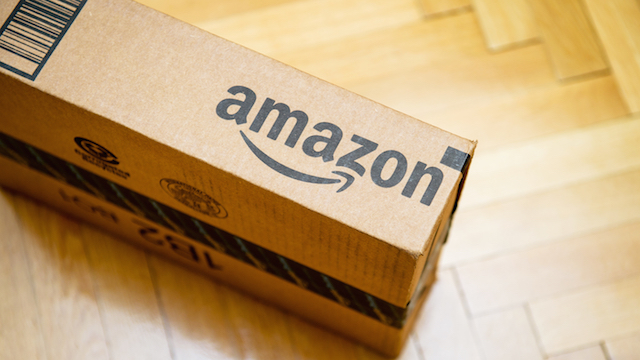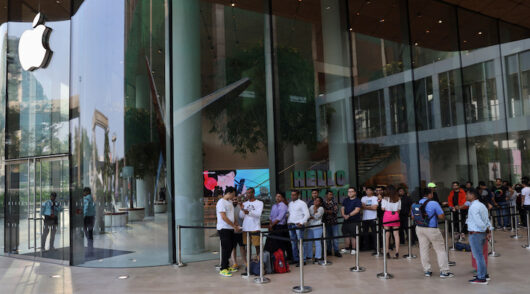Amazon sales rose a stellar 29 per cent in the latest quarter.
But despite the solid uplift, the company has missed its earnings estimates by a wide margin and this will, inevitably, overshadow the more positive news on sales.
While the pace of Amazon’s sales growth has slackened since last quarter it has only done so slightly and Amazon remains on a growth trajectory that is far steeper than the prior year.
Despite falling short on profit, Amazon did manage to increase net income by 218 per cent on a year-on-year basis. However, this equates to making 0.8 cents on every single dollar taken, which is a rather paltry proportion. By way of contrast, last quarter Amazon made 2.8 cents on the dollar.
There is no single reason for the more lacklustre profit figures, but two things do stand out as having eroded the bottom line.
The first of these is fulfilment where costs increased more sharply than sales, with the gap between the two widening since the last quarter. Some of this is likely to be down to Prime Day which was, once again, very helpful in accelerating transactions, but also generated significant fulfilment costs because of the availability of free delivery as part of the Prime subscription package. This, once again, underlines the fact that online, while lucrative in terms of growth, volumes and takings, is far less effective at generating profit.
The second point is marketing spend which increased with greater velocity than last quarter. Amazon did promote Prime Day, which had some costs attached, but the company also ramped up advertising of its devices like Echo. Although this impacted costs, the decision could well pay dividends over the holiday season if Amazon manages to persuade customers to buy its latest gadgets.
New technologies, ventures
Alongside both of these things, Amazon continues to make extensive investments in new technologies and ventures. This is a deliberate part of its business model which uses income from sales to create future growth through innovation. Traditionally the market has tolerated this – much more so than they would tolerate it from a traditional retailer – but the disappointment over this quarter’s numbers may signal increased scrutiny in the years ahead.
Another slight concern buried in the latest quarterly announcement comes from the forward view of the critical holiday quarter. Amazon has given wide estimates for sales and profit growth, with the former slated to rise in the range of 17 per cent to 27 per cent. Even if it reaches the top end of these forecasts, this would still represent the worst performance in growth terms of this fiscal year. Admittedly, Amazon already dominates online holiday retail in the US – accounting for 22.6 per cent of all online retail spend over the final quarter of the year – which makes gaining further share a challenge. Even so, with its growth in segments like fashion, its new devices, and the continued rise in Prime membership, we believe the company should be setting its sights a little higher.
If slower growth does materialise during the final quarter it will inevitably act as a drag on profits. Not least because Amazon is ramping up its costs with more hires and is likely to still have above-average marketing and fulfilment expense compared to prior final quarters.
The cool spots in the latest numbers take nothing away from the fact that Amazon remains an impressive player and a threat to many other retailers. It is still growing its market share, especially in more embryonic categories like fashion, and is increasingly winning in grocery, albeit in a more limited way.
Dominance will endure
Looking ahead there is no reason for the dominance of Amazon to diminish. Indeed, there are positive gains from services like music and – over the course of the next fiscal year – devices like Echo will sell well and become a more integrated part of users’ lives.
But there are also some heightened costs ahead. If the rumors about Amazon opening a fleet of grocery collection points or mini stores are true, these will exert downward pressure on the bottom line. This is especially so given that grocery is low margin and Amazon remains a small player in a sector that requires volume in order for the economics to stack up. The collection points may well bring that volume, but there will be a lag between them being opened and driving up sales. That said, over the longer term Amazon’s investment in physical should help it get a tighter grip on fulfilment costs: something that could be transformative in terms of bottom line performance.
In this regard, short term profit and sales blips do not matter: Amazon is playing the long game. And it is winning.
- Neil Saunders is CEO of Conlumino.






